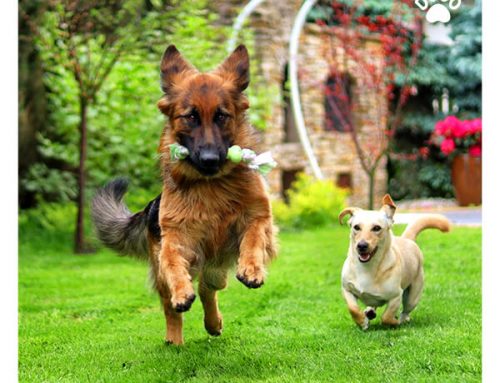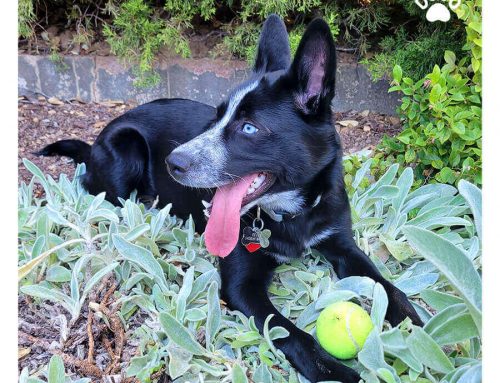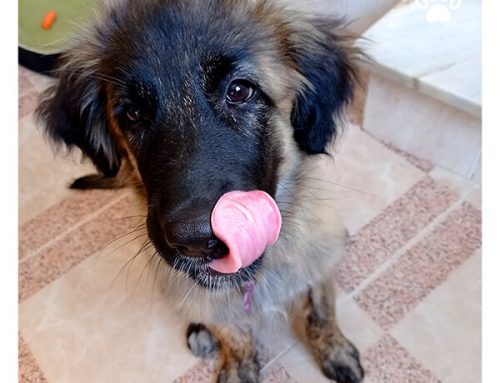
You can also read this article in Dogo App.
Types of Collars
The best collar is the one that has a buckle and is fitted to your dog’s neck. Close the buckle and pressure test it. If you pull on the opposite ends of the collar, does the buckle go off?
While a buckle collar is the most commonly used collar, there are other types of collars that can be used depending on the dog’s needs. For instance, martingale collars are recommended for dogs that tend to back out of their collars. Similarly, flat collars with a quick-release buckle can be helpful in an emergency situation where you need to remove the collar quickly. It is essential to choose the appropriate collar that caters to your dog’s needs, body type, and behavior.
Dogo doesn’t support prong, pinch, shock collars as they cause discomfort and can seriously injure your dog. That is why they are illegal in many countries.
Types of Harnesses
There are many harnesses on the market, is important to choose the harness that fits your dog well. We like Y-shape harnesses as they cause less irritation under the armpits. For strong pullers, a front-clip y-shaped harness is a great tool. It has a buckle in the front where you can attach a leash. If the dog is pulling too much, you can pull on the leash attached in the front, and the dog will turn their body towards you.
Apart from Y-shaped harnesses, there are different types of harnesses available on the market that cater to specific needs. For instance, there are back-clip harnesses where the leash attaches to the back of the dog, making it easy to control the dog. Similarly, there are head halter harnesses that fit around the dog’s head and snout, which can be helpful for dogs that pull too much. Another type of harness is the no-pull harness, which has a front clip that helps to discourage dogs from pulling. It is essential to choose the appropriate harness that caters to your dog’s needs, body type, and behavior.
Comfort is a key
While collars and harnesses are an essential accessory for walking your dog, it is equally important to ensure that your dog is comfortable with it. Some dogs may feel uncomfortable wearing a collar or a harness, and it may take some time to get used to it. Therefore, it is recommended to introduce the collar or harness gradually and reward your dog with treats to create a positive association. Additionally, it is recommended to switch between a collar and a harness, depending on the type of activity you are engaging in with your dog. For instance, a harness may be more suitable for running or hiking, while a collar may be more suitable for a casual walk around the neighborhood.






